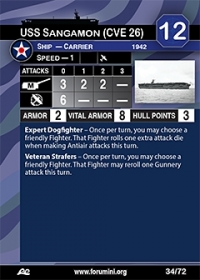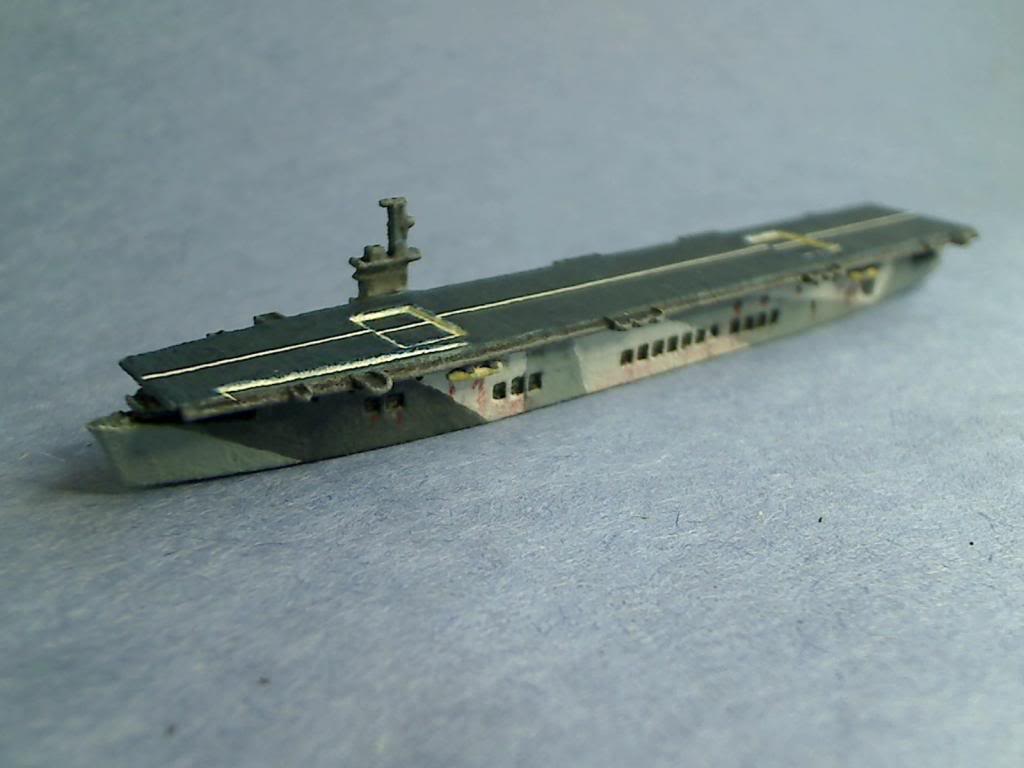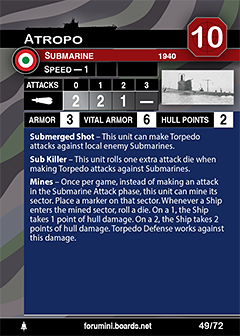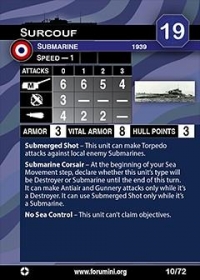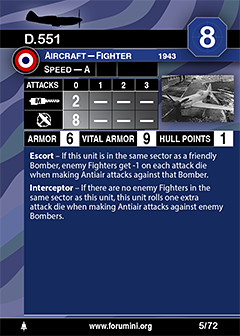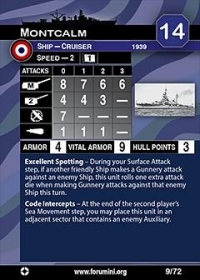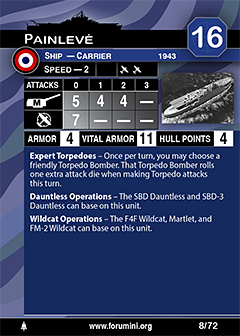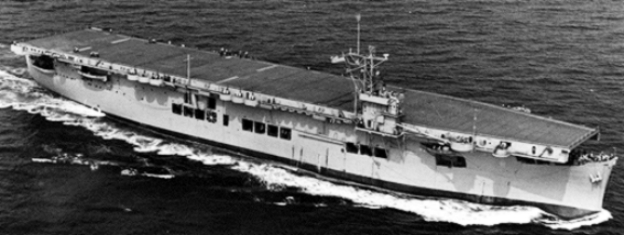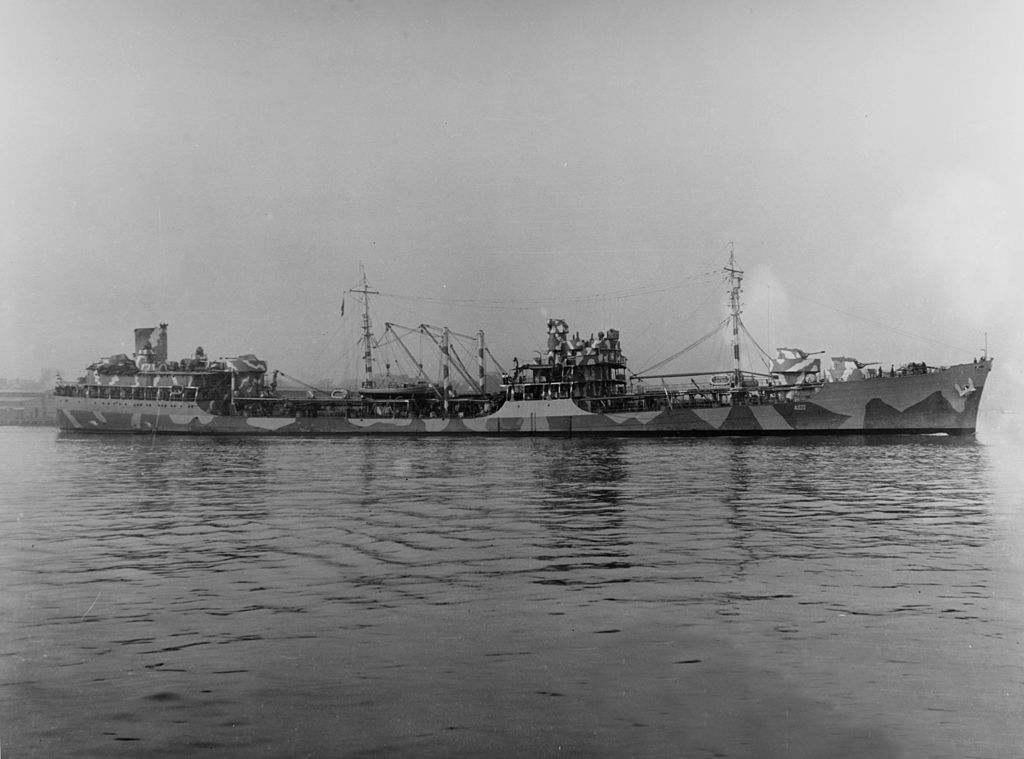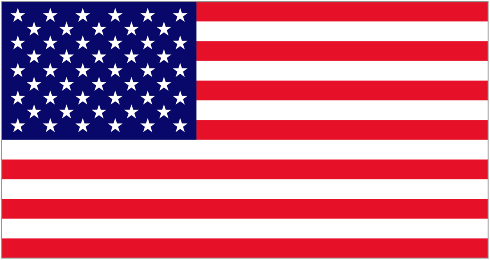Prototype: USS Sangamon (CVE-26) was an escort carrier converted from a T3 Tanker oiler, the second ship to carry her name. She was one of 12 Cimarron class oilers built on a joint Navy-Maritime Commission design later duplicated by the T3-S2-A1 type. Sangamon was laid down as Esso Trenton (MC hull 7) on 13 March 1939 by the Federal Shipbuilding and Dry Dock Company, Kearny, New Jersey; launched on 4 November 1939, sponsored by Mrs. Clara Esselborn; operated by Standard Oil of New Jersey on runs from gulf coast ports to the east coast; and acquired by the United States Navy on 22 October 1940. Renamed Sangamon and designated a fleet oiler, AO-28, she was commissioned on 23 October 1940, with Commander J. H. Duncan in command.
Class History: The Cimarron-class oilers were an underway replenishment class of oil tankers which were first built in 1939 as "National Defense Tankers," United States Maritime Commission Type T3-S2-A1, designed "to conform to the approved characteristics for naval auxiliaries in speed, radius and structural strength", anticipating their militarization in the event of war. "Tentative plans had been reached with the Standard Oil Company of New Jersey to build ten high-speed tankers with the government paying the cost of the larger engines needed for increased speed. By the first week in December [1937], Standard Oil had solicited and received bids from a number of yards providing for the construction of a number of 16,300-ton (deadweight) capacity tankers. Bids were requested for two versions: a single-screw design of 13 knots and a twin-screw design of 18 knots. The price difference between the two would be used to establish the government's cost subsidy for greater speed. Plans and specifications for both designs were prepared for Standard Oil by naval architect E. L. Stewart. It seems certain that the design for the 18-knot tanker (Standard Oil Co. of New Jersey Design No. 652 NDF) evolved out of the bureau's (C&R) design for a fleet oiler."
Three of the original twelve ships were commissioned directly into the Navy at launch in 1939; the remainder entered merchant service with Standard Oil of New Jersey and Keystone Tankships before being acquired under the Two-Ocean Navy Act of July 1940. A further eighteen were built for the Navy between 1943 and 1946, with five additional units, sometimes called the Mispillion class, built to the slightly larger Type T3-S2-A3 design.
Four of the Cimarrons were converted to escort carriers in 1942; two others were sunk by enemy action.
Three of the original twelve ships were commissioned directly into the Navy at launch in 1939; the remainder entered merchant service with Standard Oil of New Jersey and Keystone Tankships before being acquired under the Two-Ocean Navy Act of July 1940. A further eighteen were built for the Navy between 1943 and 1946, with five additional units, sometimes called the Mispillion class, built to the slightly larger Type T3-S2-A3 design.
Four of the Cimarrons were converted to escort carriers in 1942; two others were sunk by enemy action.
Country: The U.S. is a country of 50 states covering a vast swath of North America, with Alaska in the northwest and Hawaii extending the nation’s presence into the Pacific Ocean. Major Atlantic Coast cities are New York, a global finance and culture center, and capital Washington, DC. Midwestern metropolis Chicago is known for influential architecture and on the west coast, Los Angeles' Hollywood is famed for filmmaking.
Item created by: Lethe on 2015-05-31 17:46:30. Last edited by gdm on 2019-05-28 07:56:59
If you see errors or missing data in this entry, please feel free to log in and edit it. Anyone with a Gmail account can log in instantly.
If you see errors or missing data in this entry, please feel free to log in and edit it. Anyone with a Gmail account can log in instantly.


